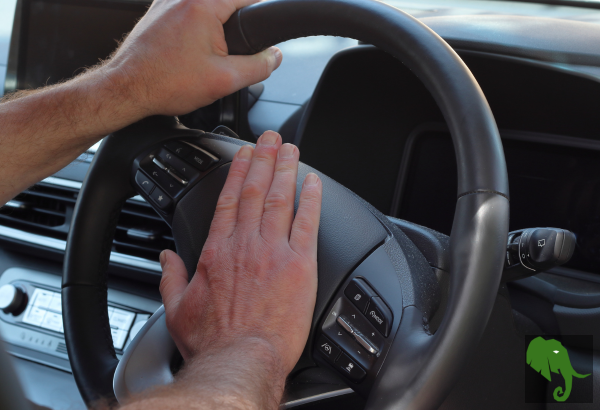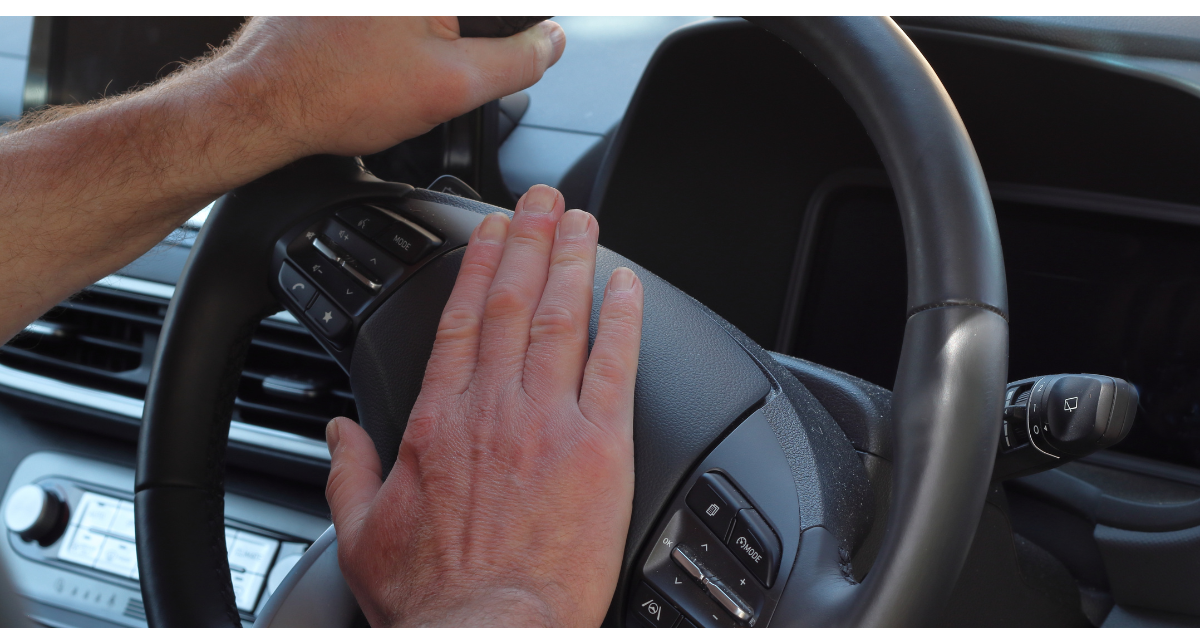
My family sometimes jokes that I drive like an old man. But in reality, I consider myself a good driver. I do acknowledge that there are times when I can drive a bit aggressively. I make it a point to follow traffic laws and, for the most part, I am a considerate driver. However, there are occasions when I find myself in a hurry and inevitably end up behind someone who is either driving well below the speed limit or occupying the passing lane while cruising at a leisurely pace. Those are the moments when my driving might become a bit aggressive, and I might feel a surge of anger or try to intimidate the other driver. Yes, I admit it: that’s road rage. I am mad behind the wheel. But what exactly is road rage, what causes it, and how should you handle it if it happens to you or against you? Let’s delve deeper into these questions to gain a better understanding and talk about managing road rage.
What Is Road Rage?
According to various authorities on the subject, road rage refers to aggressive or angry behavior exhibited by a motorist. This behavior can manifest in different ways, including verbal insults (like “flipping the bird”), physical threats, or dangerous driving intended to intimidate other drivers. Definitions of road rage often highlight it as anger or violent behavior triggered by another driver’s poor driving, the stress of heavy traffic, or a motorist’s uncontrolled anger provoked by irritating actions from other drivers.
Most of us have experienced some level of frustration while driving. Whether it’s a fleeting angry thought or actively driving aggressively toward another driver, road rage is a common experience. But why do we get so upset when another driver isn’t behaving as we’d like, or when we face stressful driving conditions? Understanding the underlying causes can help us manage these reactions more effectively.
What Causes Road Rage?
Part of understanding and learning how to manage road rage starts with understanding what it is. Road rage often originates from encounters with drivers we perceive as careless or inconsiderate. However, it’s essential to recognize that multiple factors contribute to these feelings beyond just personal perception. For instance, driving in heavy traffic can amplify feelings of frustration and impatience. Being stuck in congestion can make even the calmest individuals feel agitated. Similarly, driving in extreme weather conditions, such as on a hot day, can exacerbate irritability and stress.
Personal stress also plays a significant role. If you’re dealing with issues in your personal or professional life, this stress can carry over into your driving behavior. Moreover, certain personality traits can predispose individuals to aggressive driving. People who are naturally more assertive, have a tendency toward aggression, or exhibit a desire for control may be more likely to react aggressively on the road. These traits can make minor annoyances feel more significant and provoke stronger reactions.
Despite these contributing factors, practicing self-reflection when road rage arises is crucial. Taking a moment to breathe deeply and calm yourself can help regain control over your emotions. Reflecting on the potential consequences of aggressive driving is also important. Aggressive behavior can lead to accidents, endangering not just yourself but also other drivers. The aftermath of such incidents can include costly vehicle repairs, legal trouble, and physical harm.
As the aggressor, it’s important to consider that the driver you’re targeting might also be under stress and could retaliate. This retaliation could escalate the situation, causing additional harm to everyone involved. Taking a step back and evaluating the broader picture can help in avoiding unnecessary conflicts. Showing empathy towards other drivers and understanding their possible stressors can mitigate aggressive reactions and contribute to a safer driving environment for everyone.
What to Do if You Are a Victim of Road Rage
When faced with road rage, maintaining your composure is vital in being able to manage road rage, regardless of whether you are the aggressor or the victim. Allowing the situation to dictate your behavior can escalate tensions and lead to dangerous outcomes. If you find yourself in a situation involving road rage, here are some steps you can take to protect yourself and de-escalate the situation:
- Stay Calm: It’s crucial to stay calm in the face of aggression. By remaining composed, you can avoid escalating the situation further. Emotions like anger can cloud your judgment and lead to rash decisions. Keeping a level head helps you assess the situation more clearly and react in a measured manner.
- Avoid Confrontation: If possible, avoid direct confrontation with the aggressive driver. Create distance between yourself and the aggressive driver by changing lanes or slowing down. This reduces the likelihood of further confrontation and helps you avoid getting caught up in a dangerous situation.
- Don’t Antagonize the Aggressor: Engaging in retaliatory actions can escalate the situation. Actions like giving the finger, brake-checking someone who is tailgating you, or excessive honking can provoke further aggression. Avoid making eye contact with the aggressor, as it may be interpreted as a challenge.
- Avoid Going Directly Home or to Work: If the incident occurs while you are on the way home or in your neighborhood and you don’t know the aggressor, avoid going directly home. This prevents the aggressor from discovering your address and potentially targeting you later. Instead, drive to a public place or a nearby police station. If you’re on your way to work and suspect you’re being followed, it’s advisable to avoid going directly to the office to prevent the aggressor from knowing your work location.
- Do Not Get Out of Your Car: If the aggressor exits their vehicle to confront you, remain inside your car. Exiting your vehicle could escalate the situation to a critical level. Drive away safely and avoid engaging with them. Physical confrontation should be avoided at all costs for your safety.
- Call 911: If the situation escalates to the point of physical contact, an accident, or if the aggressor’s driving poses a threat to others, call 911 immediately. Authorities are trained to handle such situations and can ensure everyone’s safety. Reporting erratic driving or aggressive behavior can help prevent potential accidents and protect other drivers.
Conclusion
Driving requires not only skill but also a significant degree of empathy and patience. We must consider the impact of our driving behavior on others, including other drivers and pedestrians. The best way to handle road rage, whether you find yourself as the victim or the aggressor, is to remain calm and composed. Reflecting on whether your thoughts and actions are appropriate can prevent aggressive responses and promote safer driving practices.
By maintaining our composure and practicing empathy, we contribute to a more considerate and safer driving environment. Remember, driving is not just about reaching your destination; it’s about arriving safely and without unnecessary stress. Let’s all strive to keep our cool and make the roads a better place for everyone. By fostering a culture of understanding and patience on the road, we can reduce incidents of road rage and make driving a more pleasant experience for all.
Related Content

A Guide to Better Vehicle Safety
I am going to focus on things perhaps just a little outside of the normal precautions you may already take and also maybe the things…

Enhancing Your Safety While Getting Gas
Filling up your gas tank is a routine task, but it comes with its own set of risks. Whether you’re in a bustling city or…

The Importance of Parking Under or Near Light for Safety
When you find yourself needing to go to a store at dusk, dawn, or after dark, one crucial safety measure to consider is where you…

Read other OwnGuard Solutions blog posts
Read our other posts centered around being safer and better prepared.

